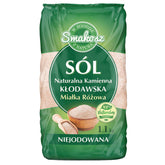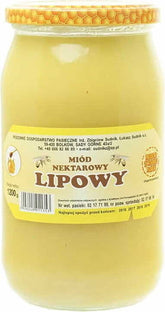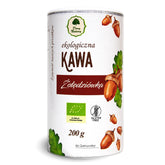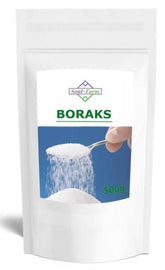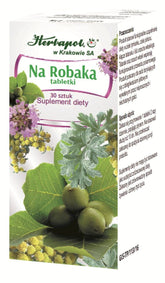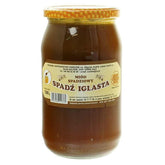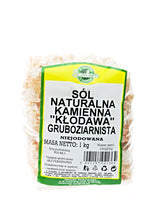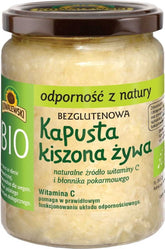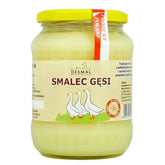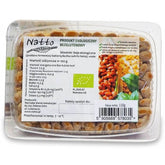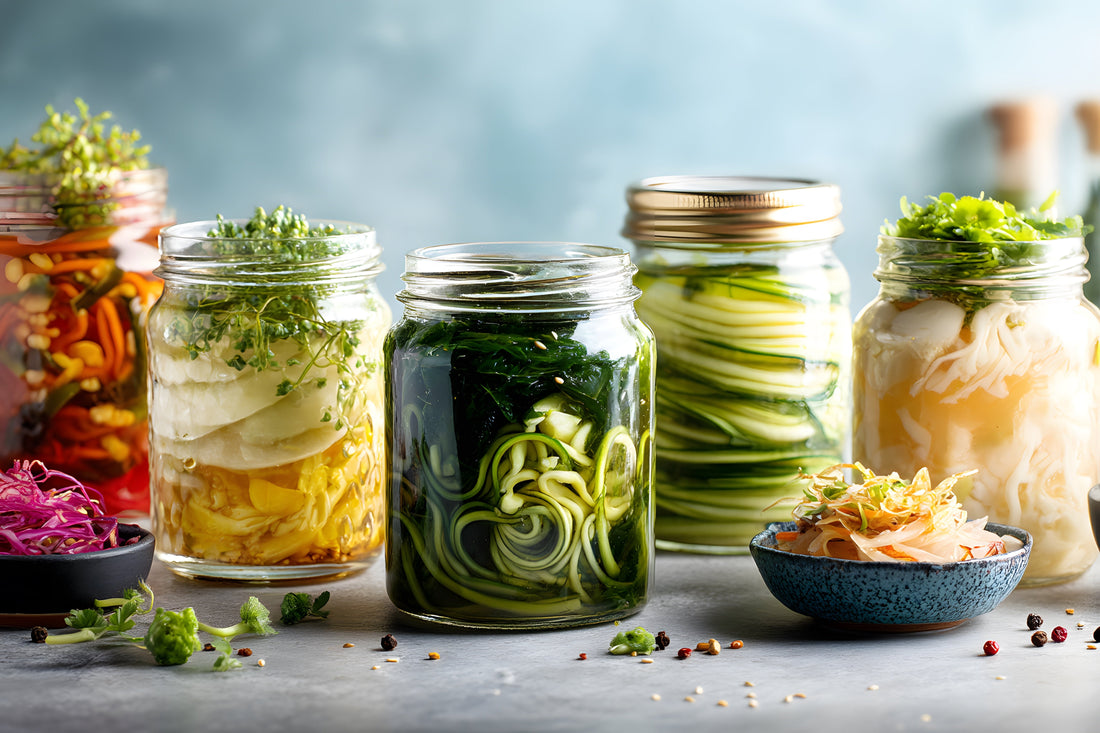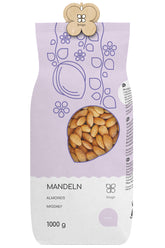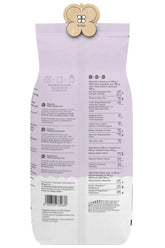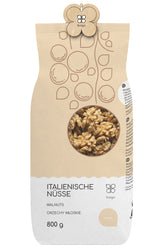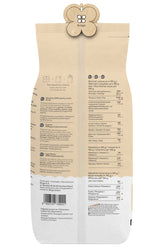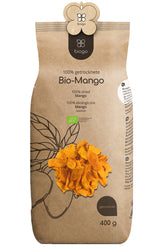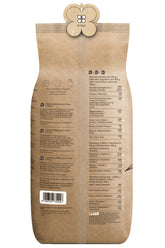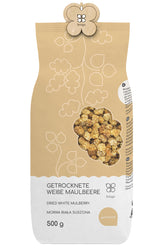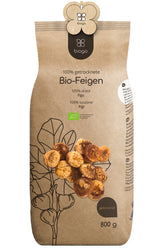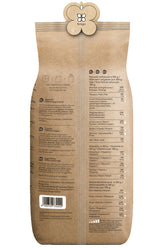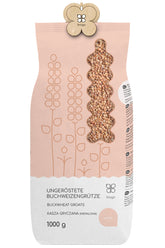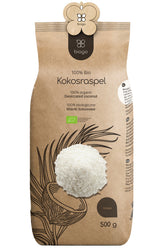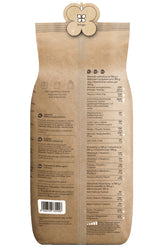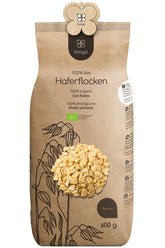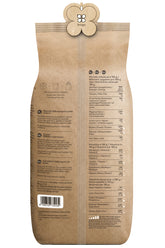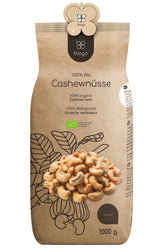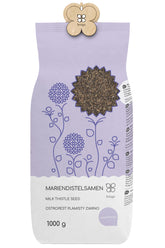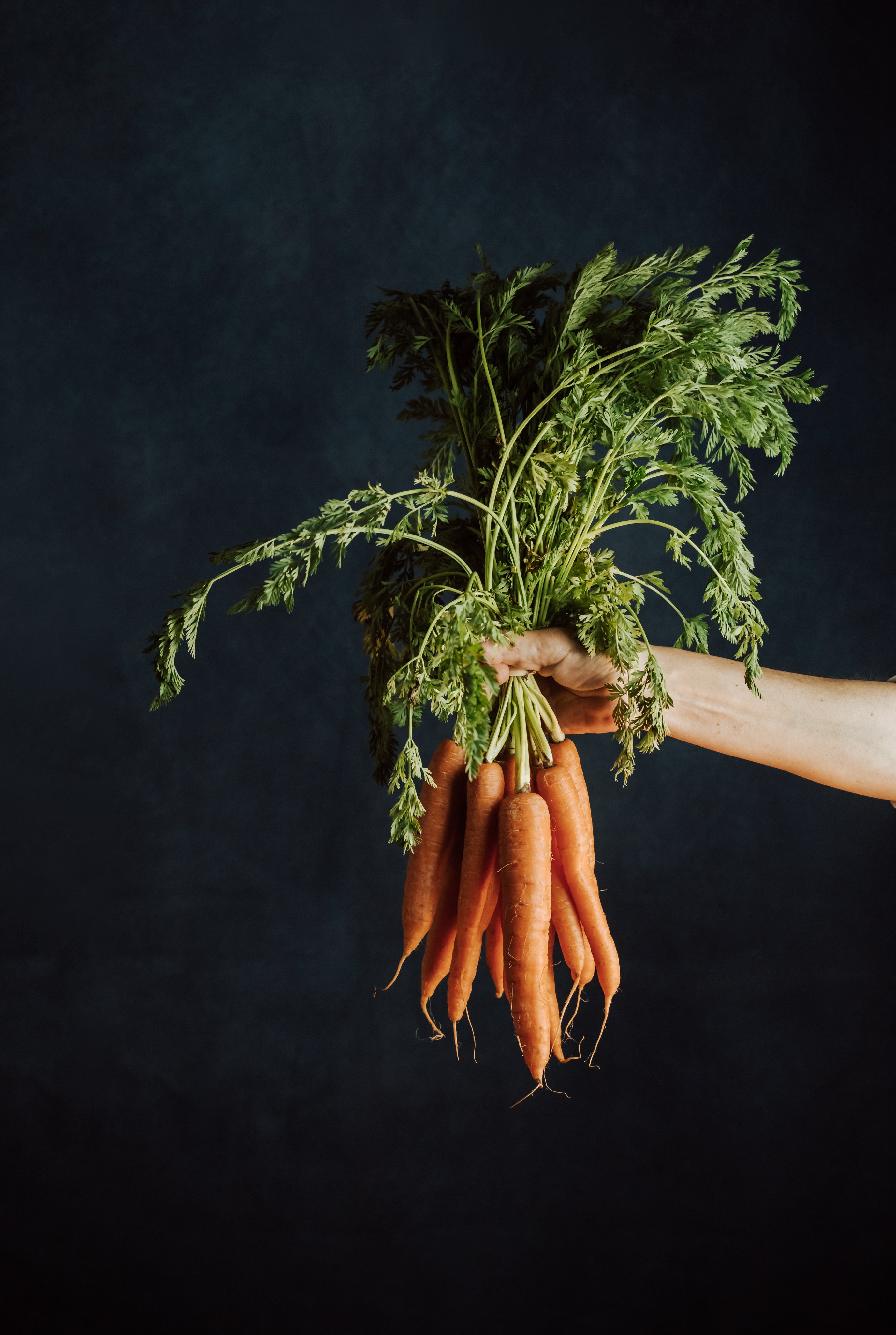Ферментація вдома – як приготувати мариновані овочі, що підтримують імунітет?
Зміст:
- Чому варто обирати квашені продукти?
- Що робить ферментація?
- Які овочі найкраще підходять для маринування?
- Як зробити мариновані огірки вдома? Крок за кроком.
- Яких помилок ми припускаємося найчастіше?
- Огірки та імунітет - чому це працює?
- Що ще можна ферментувати?
У часи перероблених продуктів харчування та метушливого способу життя ми все частіше вдаємося до природних методів приготування їжі. Одним з найпростіших і найздоровіших методів є ферментація, яка відома та використовується тисячоліттями. Колись вона слугувала для консервування продуктів на зиму, сьогодні ми відкриваємо її наново як джерело пробіотиків, вітамінів та природної підтримки імунної системи.
Чому варто обирати квашені продукти?
Ферментація є одним з найстаріших методів консервування продуктів харчування і водночас надзвичайно ефективним способом зміцнення імунітету та покращення травлення . Квашені овочі є природним джерелом пробіотиків , ферментів, а також вітамінів групи В та С. Регулярне споживання підтримує кишкову мікробіоту, яка є вирішальною для нашої імунної системи.
У часи зростаючої обізнаності про здоров'я все більше людей обирають ферментацію вдома . Це простіше, ніж ви можете подумати – вам потрібно лише кілька інгредієнтів, трохи терпіння та якісні овочі, бажано органічного походження.
Що робить ферментація?
Процес ферментації - це природний процес, здійснюваний молочнокислими бактеріями ( Lactobacillus ), які перетворюють цукор у овочах на молочну кислоту. Це призводить до:
- Продукти харчування стають тривалими та швидкопсувними,
- Поживна цінність зростає,
- поглинання мінеральних речовин покращується ,
- і смак набуває глибини та характеру.
Ферментовані продукти підтримують травлення , допомагають детоксикації організму та зміцнюють імунітет – особливо восени та взимку.
Які овочі найкраще підходять для маринування?
Найпопулярнішими, звичайно, є класика:
- Капуста ,
- Огірки ,
- Буряк ,
- Морква ,
- Редис ,
- і навіть часник та капусту квіткову .
Все більше людей звертаються до більш незвичайних солінь, як-от кимчі (гостра ферментована корейська капуста) та маринований селеро . Кожен має дещо інший смаковий профіль та мікробну спільноту, тому варто експериментувати.
Як зробити мариновані огірки вдома? Крок за кроком.
Інгредієнти:
- свіжі овочі (краще органічні, наприклад, від Biogo.de ),
- нейодована сіль (наприклад, кам'яна або морська сіль),
- охолоджена кип'ячена вода,
- Прянощі: лавровий лист, гвоздика, кріп, часник, хрін, гірчиця.
Приготування:
- Овочі вимити та нарізати на дрібніші шматочки (наприклад, капусту натерти, моркву нарізати соломкою).
- Приготуйте розсіл – додайте 1 столову ложку солі на 1 літр води.
- Покладіть овочі у скляну банку або глиняну посудину , приправте їх та залийте розсолом, щоб все було повністю покрито.
- Притисніть овочі наприклад, тарілкою або ферментаційним каменем, щоб воно не виступало над поверхнею води (так ви уникнете утворення плісняви).
- При кімнатній температурі (бл. 18–22 °C) залиште ферментуватися 3–7 днів.
- Після цього часу ви можете переставити соління у холодильник - там вони дозрівають повільніше та зберігають свій аромат до кількох місяців.
Яких помилок ми припускаємося найчастіше?
- Занадто мало солі може сприяти росту небажаних бактерій.
- Занадто висока температура - силос стає кислим та гірким.
- Якщо овочі не повністю покриті, може утворитися пліснява.
Також варто врахувати, що в перші дні ферментації з'являються бульбашки та каламутність розсолу - це природний симптом роботи бактерій.
Огірки та імунітет - чому це працює?
Кишкова флора - це наша перша лінія захисту від інфекцій. Ферментовані продукти постачають природні пробіотичні бактерії, які:
- баланс кишкового мікробіому підтримують,
- зміцнюють захисний бар'єр кишечника ,
- стимулюють імунну систему ,
- а також зменшують запалення та покращують самопочуття.
Регулярне споживання ферментованих продуктів (навіть 2–3 столові ложки на день) може дійсно підтримати імунітет, особливо під час застуд.
Ферментація вдома – це не лише корисно для здоров'я, але й екологічний тренд. Вона допомагає зменшити харчові відходи, використовуючи зайві овочі з городу чи супермаркету. Це ідеальний приклад Zero Waste на практиці.
Що ще можна ферментувати?
Окрім овочів, ви також можете спробувати:
- фруктова ферментація (наприклад, яблука, сливи – для пробіотичних напоїв),
- ферментовані напої – як-от комбуча чи водний кефір,
- ферментовані соуси – наприклад, домашній соєвий соус або паста кімчі.
Кожна з цих форм є природним джерелом корисних мікроорганізмів та можливістю збагатити ваш раціон новими смаками.
Ферментація вдома – це простий, природний та екологічний спосіб, щоб:
- здоровий кишечник ,
- міцний імунітет ,
- унікальний смак домашніх піклів ,
- та радість створення чогось власними руками.
Якщо ви хочете розпочати свою пригоду з ферментацією, сягайте по органічні овочі, натуральну сіль та спеції від Biogo.de – і ваші пікли будуть не лише смачними, але й сповненими здоров'я!
ВИБІР ВИДАВЦЯ
Миндаль 1 кг BIOGO
- £11.00
£13.00- £11.00
- Unit price
- / профі
Волоські горіхи 800 г BIOGO
- £8.00
£10.00- £8.00
- Unit price
- / профі
Висушений манго біо 400 г BIOGO
- £10.00
- £10.00
- Unit price
- / профі
Висушені білі шовковиці 500 г BIOGO
- £6.00
£7.00- £6.00
- Unit price
- / профі
Висушений інжир біо 800 г BIOGO
- £27.00
- £27.00
- Unit price
- / профі
Нелущена гречана крупа 1 кг BIOGO
- £3.00
£3.00- £3.00
- Unit price
- / профі
Кокосова стружка біо 500 г BIOGO
- £9.00
- £9.00
- Unit price
- / профі
Вівсяні пластівці біо 600 г BIOGO
- £4.00
- £4.00
- Unit price
- / профі
Кеш'ю ядра органічні 1 кг BIOGO
- £18.00
- £18.00
- Unit price
- / профі
Насіння розторопші 1 кг BIOGO
- £4.00
- £4.00
- Unit price
- / профі

